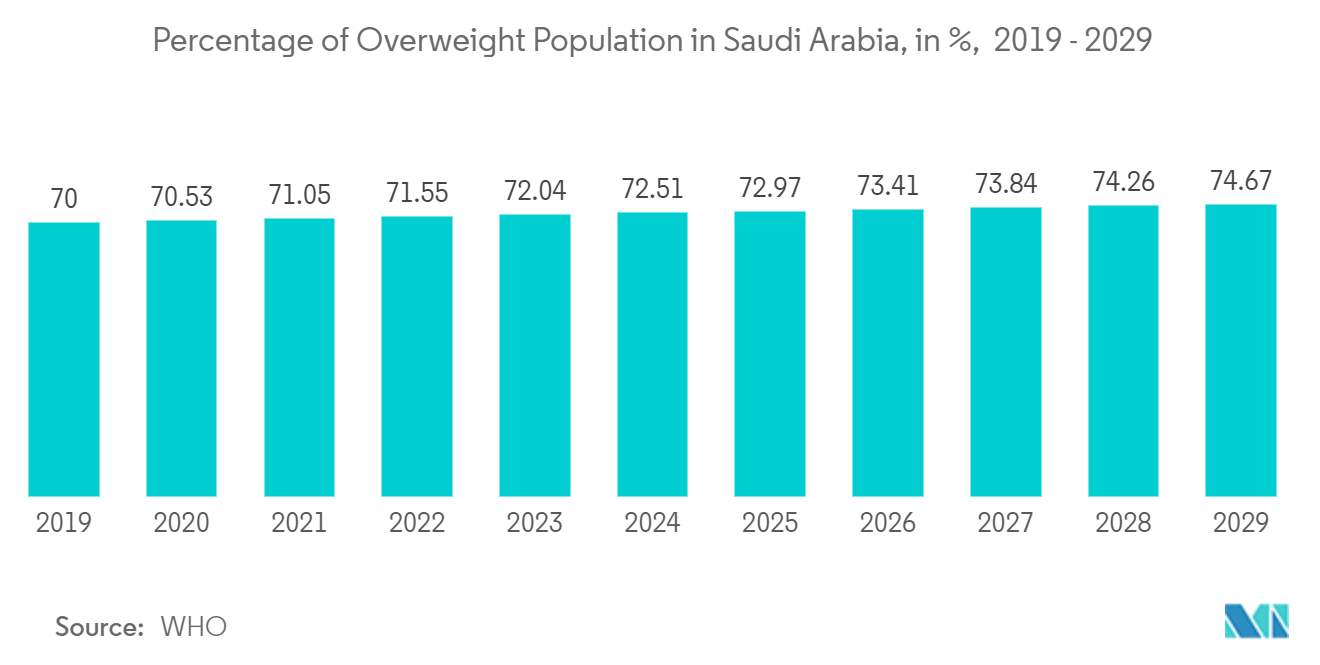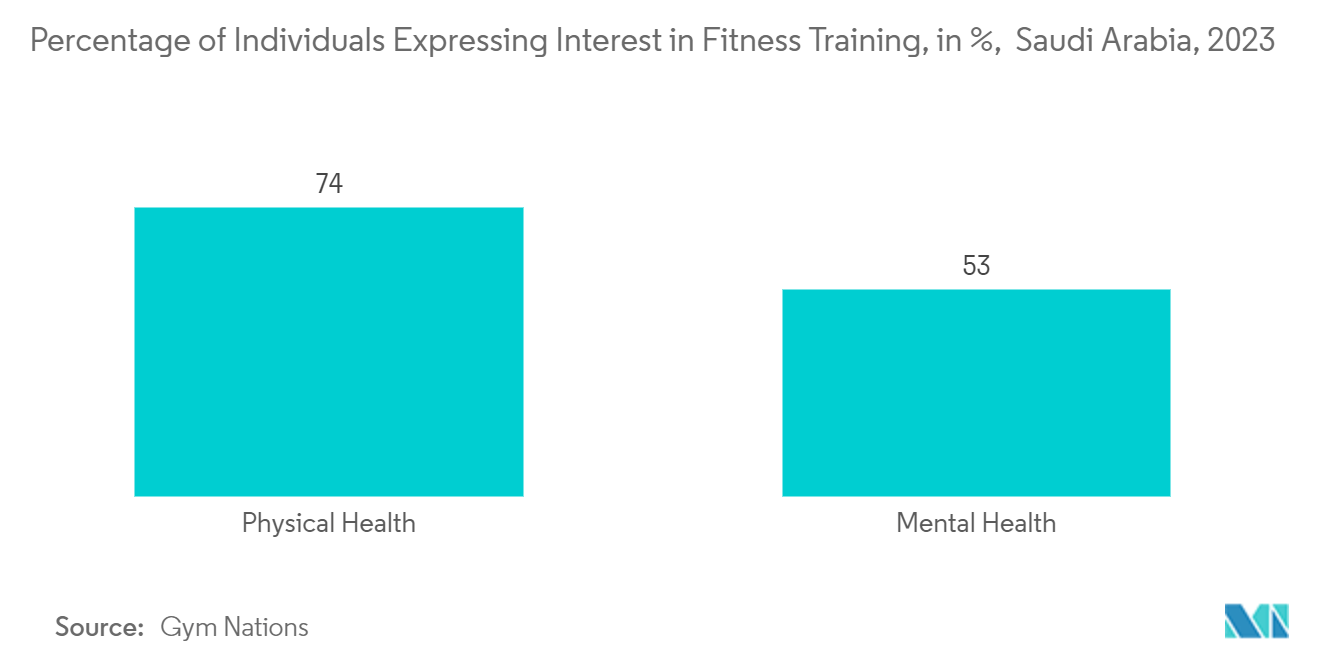Market Trends of GCC Fitness Ring Industry
Increasing Technological Advancements in the Wearables Industry
- Modern fitness rings are now equipped with a multitude of health-tracking features, including continuous heart rate monitoring, sleep tracking, blood oxygen level measurement, and activity recognition. These capabilities offer users in-depth insights into their health and fitness, making them appealing to health-conscious consumers. For instance, the Oura Ring, which has seen a surge in popularity in the GCC region, boasts advanced health monitoring features like heart rate variability and readiness scores. Such technology empowers users to gauge their overall wellness, driving up the demand for these innovative devices.
- Furthermore, owing to technological advancements in sensors and algorithms, data collection and analysis have become more accurate. Fitness rings now utilize sophisticated sensors that deliver dependable health metrics, allowing users to monitor their fitness journey with greater precision. For example, the Fitbit Charge series features upgraded sensors that ensure accurate heart rate monitoring and offer personalized insights based on individual user data, making it a sought-after choice for those prioritizing reliable performance metrics.
- Fitness rings now integrate with smartphones and health applications, elevating the user experience. Through intuitive apps, users can access real-time data, receive tailored feedback, and establish personal goals. For instance, many smart fitness rings, such as those from brands like Halo and Whoop, sync with smartphones through specialized applications. These apps not only furnish users with crucial insights but also cultivate a comprehensive health-tracking experience, further propelling adoption rates.
- Owing to innovations in materials and design technology, contemporary fitness rings boast enhanced durability, water resistance, and comfort for daily wear. Their stylish designs elevate their status as fashionable accessories, prompting consumers to incorporate them into their daily lives. For example, Motiv has introduced chic and resilient fitness rings designed to endure everyday use, appealing to GCC consumers who prioritize both aesthetics and functionality.
- By integrating artificial intelligence and machine learning into wearable tech, one can employ predictive health analytics, tailored recommendations, and dynamic user experiences. Such advanced processing not only enriches the user experience but can also lead to improved health outcomes. Platforms harnessing AI to sift through fitness ring data for predicting health concerns or suggesting lifestyle changes are on the rise, exemplified by the Apple Watch's health insights feature, which employs machine learning to provide health metrics for its users.

Saudi Arabia is Expected to Hold a Significant Market Share
- The rising health and fitness awareness is fueling the demand for smart fitness rings in the GCC region. Individuals are being increasingly proactive in monitoring their health to ward off lifestyle-related diseases. According to the 2023 National Health survey by Saudi Arabia's General Authority for Statistics, obesity rates peaked at 50% for females and 47% for males in the 55 to 59 age bracket, marking it as the most affected age group.
- Furthermore, as the regional healthcare sector pivots toward preventive measures, smart fitness rings play a pivotal role. These devices not only facilitate regular health monitoring but also bolster consumers' health maintenance efforts. Health and wellness are national research priorities in Saudi Arabia. A key element of the country's Vision 2030 strategy is the expansion of e-health services and digital solutions. This includes enhancing health service quality and promoting technologies, like fitness rings, for proactive health tracking.
- Fitness events, marathons, and wellness fairs are on the rise across the GCC, underscoring the importance of physical activity and wearable technology. For instance, the 2024 Riyadh Marathon, with over 20,000 participants and a record 60% Saudi national representation, underscores Saudi Arabia's cultural shift toward valuing physical activity. This event not only champions fitness and healthy living but also showcases various fitness technologies, including fitness rings.
- Under the Vision 2030 initiative, the Saudi government underscores the significance of health and fitness in overall well-being. The initiative's goal is to foster an active society, promoting healthier lifestyles and heightened sports participation. Events like the Saudi National Day sports activities and marathons, organized under Vision 2030, motivate citizens toward fitness, driving up the demand for health-monitoring devices like fitness rings.
- Finally, as fitness centers, gyms, and wellness programs proliferate, there is a noticeable cultural shift toward regular exercise. Fitness rings are increasingly viewed as both stylish and practical tools for tracking progress and maintaining motivation. In June 2024, GymNation, a prominent GCC fitness brand, reported unprecedented demand from Saudi residents. This surge came as its first six gym locations were set to open in August. Over 120,000 individuals expressed interest in the four Jeddah and two Alkhobar sites. Such a strong market entry amplifies the likelihood of consumers integrating fitness technologies, including fitness rings, into their routines.


